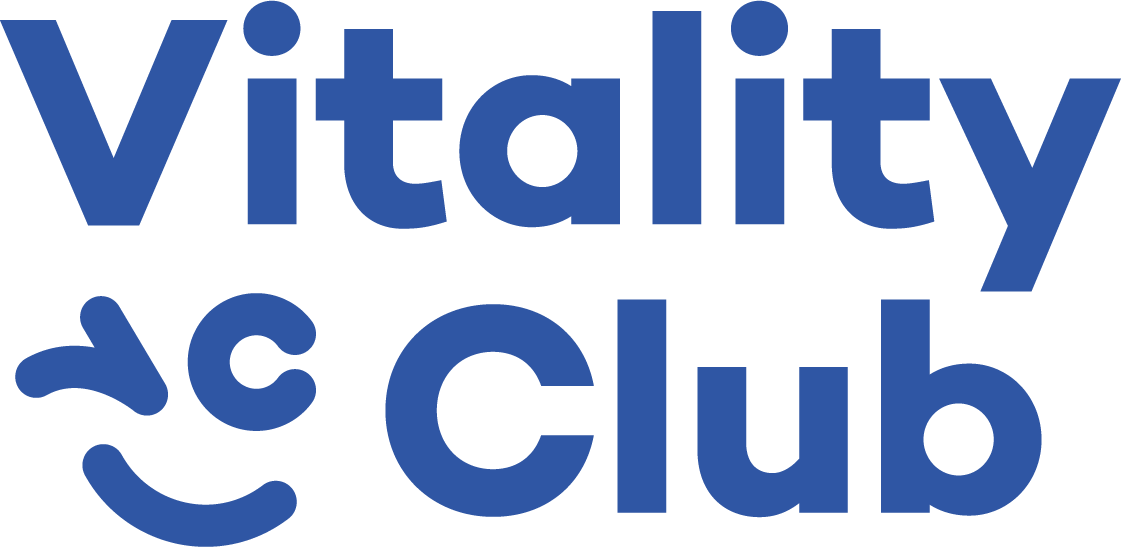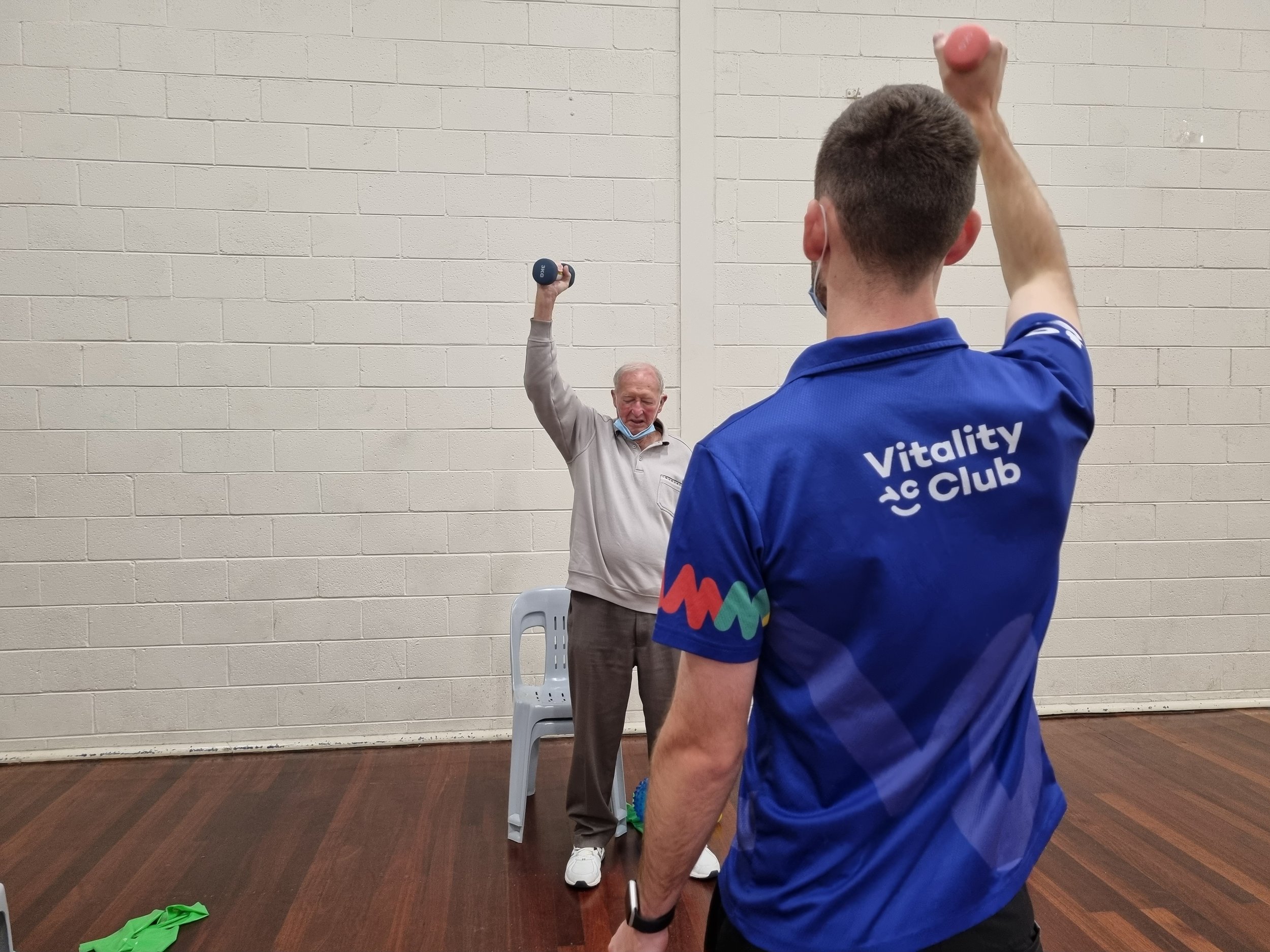Strength training for Seniors
As we age, doing what we love to do such as gardening, playing with our grandkids and regular household duties can become more challenging. However, one of the best ways to help us as we age is through strength training! Numerous studies and government agencies strongly advocate for older Australians to participate in strength training as it is one of the most efficient ways to maintain muscle mass, improve bone health and has a positive impact on your mental health.
However, are you someone that tends to avoid resistance exercise? Do you cringe at the thought of performing strength training? Do you think strength training is only performed in a gym setting lifting big heavy weights? Well, we have some good news for you, performing resistance or strength exercise should be and can be enjoyable and suited to your physical and lifestyle needs.
Let us bust some myths about strength training so you can start to experience the benefits that come with adding this type of physical activity to your life!
Myth #1: Strength training is hard and involves lifting really heavy weights.
Strength training does not have to mean lifting super heavy weights! One great and simple way to improve strength is by picking four of your favourite exercises and repeating them for 3 sets of 12 repetitions. You can start with lighter weights (1-5kg) and change the intensity as required to make it more or less challenging. To test the intensity, repeat the exercise 15 times for 2 sets and see how you feel. Your muscles should feel tired at the end of the last set and you should only be able to do 1-3 more repetitions that are a challenge to complete, this is the sweet spot and will ensure you see improvements. It is important to continue to make the exercise a little bit more difficult each time so you can continue to see results and improve your strength over time.
Always aim to train the big muscle groups which are the legs, back, chest and stomach muscles. This can also be done outside of a gym, performing general movements you do everyday at home. Essentially, the majority of our activities of daily living require these muscles to be active and strong to make our quality of life more enjoyable and keep us independent for longer.
Myth #2: Strength training is boring.
Most people who exercise find they are more complacent with their exercise program when they are exercising on their own. So how do you get around this? Some options are to make it fun and find an exercise partner, whether it be a loved one, friend or even your neighbour. Finding an exercise partner helps keep everyone in check and then you have the added bonus of a social occasion as well.
Contrary to popular belief, exercise should be enjoyable. If you do not enjoy lifting weights that is fine, not everyone wants to be an Olympic weightlifter. So instead, find what you love, and exercise will become an easy and pleasant part of your life!
Myth #3: No pain, no gain.
If your muscles are feeling sore and tight the following day, it means you worked the muscles well and you earned yourself some rest. This feeling is usually called delayed onset muscle soreness (DOMS) and the best thing to do is have a wholesome meal that is rich in protein and nutrients. More importantly stay active with light physical activity, have a walk outside on a nice sunny day to soak up some vitamin D, sleep well and stay hydrated. You will be feeling stronger and healthier in no time!
Strength training is a very important component of regular exercise and should be included as part of a holistic exercise program. We recommend getting advice from an Exercise Physiologist to ensure you are getting to help you need to train safely and improve your strength.

